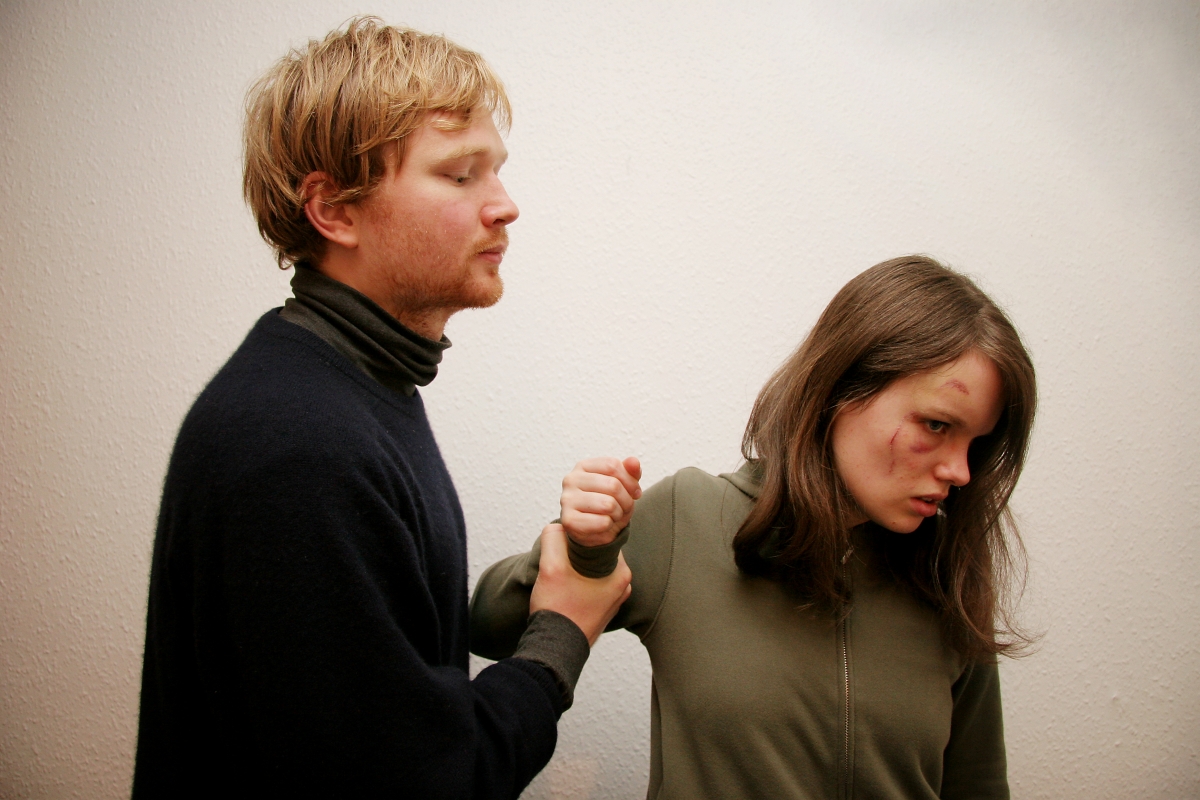Domestic violence impacts victims and their entire families. Violent acts against a loved one can lead to severe physical and emotional trauma. In extreme cases, they can even lead to death.
Control is one of the biggest factors in domestic violence cases. By taking control of another person’s finances, relationships, and employment, perpetrators put loved ones in a position that can lead to further abuse.
The Nature of Domestic Violence
There are many behaviors that constitute domestic violence. They range from physical acts of violence to verbal abuse and emotional manipulation.
Victims may be subjected to threats that leave them feeling intimidated. Acts that cause individuals to become isolated or feel degraded can result in lasting impacts on them and other family members.
Domestic violence violates a person’s right to dignity and physical security. Many victims are deprived of vital resources such as personal finances, employment, and the freedom to have relationships with others.
Male perpetrators may seek to control how a woman dresses, her sexual behaviors, and her role within the household.
But some of these actions aren’t considered to be criminal acts, making it harder for victims to seek legal protection.
How to Recognize Control Behaviors and Domestic Violence
Domestic violence without physical harm can be hard to recognize by victims and their loved ones. So knowing how to identify behaviors related to control helps individuals get the help they need.
Isolation is one of the primary ways that perpetrators take control of their victims. By isolating a partner from their friends and family members, they prevent others from seeing evidence of domestic abuse.
Perpetrators may lie to friends and family members while keeping their partners isolated from them. This gives loved ones a false impression about the relationship.
Threats of harm to children in the household may be used to control a partner. Emotional and physical abuse of children may keep the victimized spouse from taking legal action against the perpetrator or disclosing information to family and friends.
Damage to property causes victims to fear for their safety. This makes it easy for perpetrators to further control their victims’ behaviors.
Harming or removing pets from the home is another way that control is wielded in domestic abuse cases.
Protecting You and Your Family
Stalking, spying, and other non-physical acts of intimidation must be recognized and documented. These activities are meant to intimidate victims while controlling their daily activities.
These and other behaviors should be reported to friends and legal authorities. This allows you to create a support network of informed individuals who can support any legal action you take.
Having the legal resources you need is the first step in regaining control of your safety and wellbeing. Consulting with a family law attorney helps you determine the best options for your case.
You should establish safe spaces by reaching out to local support groups, law enforcement, or your place of employment. This gives you options that you may need to remove yourself from an abusive environment.
The laws related to domestic violence typically focus on the degree of physical harm that has occurred. So controlling behaviors of perpetrators often go unrecognized until it’s too late.
Understanding how control is used to intimidate, coerce, and abuse a partner helps you get the help you need. Working with an experienced legal professional gives you and your family the ability to free yourself from emotional and physical abuse.

